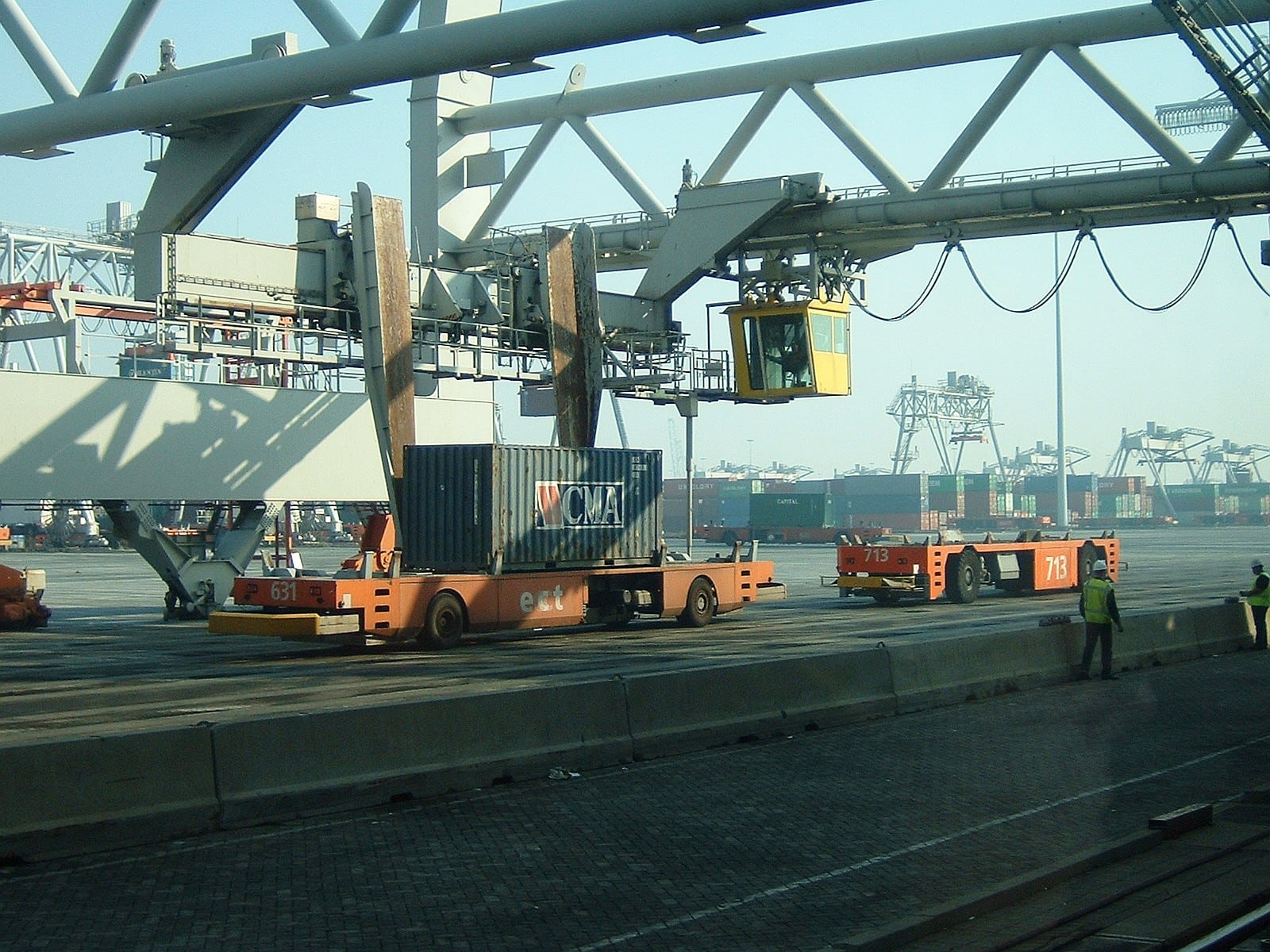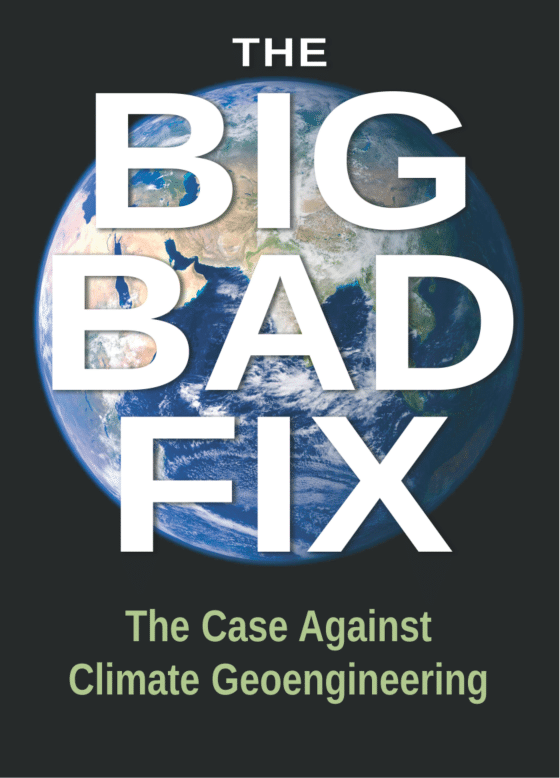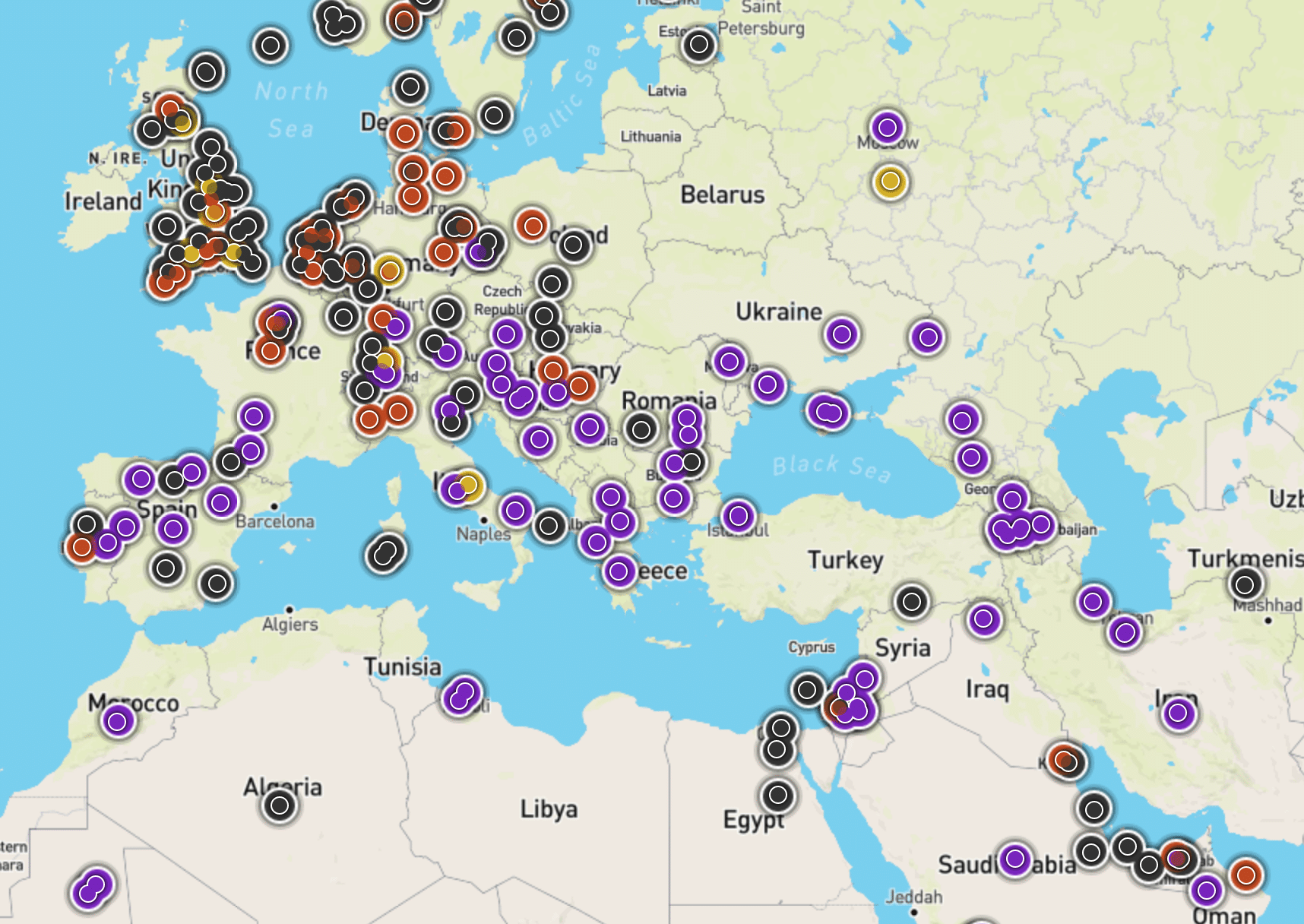Weather Modification
Type
Areas of deployment
Proposal

Featured project
Show on map
Latest technology update
Show update
Description and purpose of the technology
Although weather modification schemes have caused significant impacts to communities such as inducing droughts or causing flooding, they usually don’t intend to alter the climate more broadly and, for that reason, they aren’t considered to be geoengineering. However, there is significant overlap between many geoengineering and weather modification methods, and weather modification technologies are also important precursors particularly to Solar Radiation Modification (SRM) schemes. This includes their development being highly linked to the military-industrial complex and risk of militarisation, such as the use of weather warfare by the US military in Vietnam. Furthermore, as weather modification projects scale up in geographical scope, so too do their impacts and likelihood of causing more wide-spread changes to weather systems.
Outdoor weather modification research has taken place in 50 countries spanning 70 years, and the resulting body of published work shows that the effectiveness of weather modification techniques cannot be statistically proven. The most recent large-scale assessment of weather modification projects that aimed to enhance precipitation was carried out by the World Meteorological Organization’s (WMO) World Weather Research Programme Expert Team on Weather Modification. Its Report on Global Precipitation Enhancement Activities cites knowledge gaps the formation of clouds and precipitation and major deficiencies in the models used for cloud seeding simulations as key reasons for the ineffectiveness of most weather modification attempts. The report also points out that cloud seeding cannot create clouds “out of thin air” in a dry atmosphere, meaning that cloud seeding cannot mitigate droughts.
Moreover, weather modification is very expensive and has led to regional conflicts and bilateral disputes, leading the WMO Expert Team on Weather Modification to recommend the introduction of international regulatory guidelines given that no international body currently regulates Weather Modification projects.
It is important that genuine Weather Modification projects are not confused with chemtrails-related conspiracy theories. The information we present on this website and in the Geoengineering Map has been carefully researched and verified to the best of our ability. Although there are a significant number of Weather Modification projects globally, some on a large enough scale to pose numerous serious risks, these are distinct from unfounded chemtrails theories, for which there is very little real evidence. Confusing Weather Modification schemes with chemtrails conspiracy theories detracts from the real risks of these projects. See here for more on this issue.
Weather Modification
TIPO
Zonas de despliegue
Propuesta

Proyecto destacado
Mostrar en el mapa
Última actualización de la tecnología
Mostrar actualización
Descripción y propósito de la tecnología
Although weather modification schemes have caused significant impacts to communities such as inducing droughts or causing flooding, they usually don’t intend to alter the climate more broadly and, for that reason, they aren’t considered to be geoengineering. However, there is significant overlap between many geoengineering and weather modification methods, and weather modification technologies are also important precursors particularly to Solar Radiation Modification (SRM) schemes. This includes their development being highly linked to the military-industrial complex and risk of militarisation, such as the use of weather warfare by the US military in Vietnam. Furthermore, as weather modification projects scale up in geographical scope, so too do their impacts and likelihood of causing more wide-spread changes to weather systems.
Outdoor weather modification research has taken place in 50 countries spanning 70 years, and the resulting body of published work shows that the effectiveness of weather modification techniques cannot be statistically proven. The most recent large-scale assessment of weather modification projects that aimed to enhance precipitation was carried out by the World Meteorological Organization’s (WMO) World Weather Research Programme Expert Team on Weather Modification. Its Report on Global Precipitation Enhancement Activities cites knowledge gaps the formation of clouds and precipitation and major deficiencies in the models used for cloud seeding simulations as key reasons for the ineffectiveness of most weather modification attempts. The report also points out that cloud seeding cannot create clouds “out of thin air” in a dry atmosphere, meaning that cloud seeding cannot mitigate droughts.
Moreover, weather modification is very expensive and has led to regional conflicts and bilateral disputes, leading the WMO Expert Team on Weather Modification to recommend the introduction of international regulatory guidelines given that no international body currently regulates Weather Modification projects.
It is important that genuine Weather Modification projects are not confused with chemtrails-related conspiracy theories. The information we present on this website and in the Geoengineering Map has been carefully researched and verified to the best of our ability. Although there are a significant number of Weather Modification projects globally, some on a large enough scale to pose numerous serious risks, these are distinct from unfounded chemtrails theories, for which there is very little real evidence. Confusing Weather Modification schemes with chemtrails conspiracy theories detracts from the real risks of these projects. See here for more on this issue.








